
Jon Levitan is a student at Harvard Law School and a member of the Labor and Employment Lab.
The exercise of worker power is undoubtedly on the rise this autumn. Labor twitter has deemed this month #Striketober as tens of thousands of workers across the country have walked off the job. 10,000 John Deere workers are on strike across the Midwest after workers overwhelmingly rejected a proposed deal on the eve of the strike. 2,200 nurses and healthcare workers are on strike in Buffalo to protest staffing levels that force providers to choose between caring for one patient or another. 1,100 Alabama miners have been on the picket line for seven months, and remain there even after enduring multiple vehicular attacks by company agents. Production of Corn Flakes, Frosted Flakes, and Fruit Loops has been shut down after 1,400 Kellogg’s workers across four states have gone on strike over outrageous working hours during the pandemic (12 to 16 hour days, in some instances), Kellogg’s proposal to eliminate cost of living allowances and implement a two-tier pay structure. And those are just the big ones. Also currently on strike: Steelworkers and Machinists in West Virginia, Nurses in Massachusetts, and musicians with the San Antonio Symphony, to name a few.
And these strikers may still be joined by tens of thousands more. For the moment, Hollywood has averted what would be largest American strike since 2007: if IATSE calls a nationwide strike, almost 60,000 workers would walk off the job. While the Movie and TV producers have reached a tentative deal with the below-the-line workers represented by IATSE, the proposed contract is proving unpopular with a significant segment of the rank-and-file. And tensions in the industry could be inflamed after IATSE member Halyna Hutchins was shot and killed by Alec Baldwin with a prop gun, just hours after the crew walked off the set of Baldwin’s movie to protest unsafe working conditions. An IATSE member told HuffPost’s Dave Jamieson that Hutchins’s death has been “gasoline on the fire in the contract forums. People are raging.”
Meanwhile, up to 50,000 healthcare workers at Kaiser Permanente are voting now across eight states to authorize a strike. 1,000 transit workers in Philadelphia have unanimously authorized a strike that could see 5,000 workers shut down Philly’s transit system on November 1—one day before Pennsylvania’s general election. Graduate students at Harvard and Columbia are both threatening to strike. If strikes are called at both institutions, research and teaching at the Ivy League schools could grind to a halt as over 8,000 student workers could walk off the job.
So are we headed for a bona fide strike wave? While there’s no strict definition of the term, twitter is abuzz with speculation that we may already be in one, and The Guardian has reported on the possibility of mass labor unrest. The people and publications closest to the labor movement are naturally the first to raise the possibility of a strike wave. But something is definitely afoot when Axios—the epitome of corporate media—publishes an article titled “Workers Strike Back” that breathlessly warns readers that “the work stoppages could threaten America’s recovery — already plagued by a shortage of stuff.”
If a strike wave comes in 2021, we should not be surprised. The great strike waves in American history typically come after national crises, not during them. In an excellent column in The American Prospect, Harold Meyerson explains why:
The two years that saw the greatest strike waves in American history—1919 and 1946—followed immediately on the conclusions of World Wars I and II and the demobilizations of millions of uprooted workers, many of whom had been through hell in those conflicts and were hailed as heroes on their return. That plainly had a marked effect on their dispositions toward work: They had paid their dues, sacrificed for their country, and didn’t want to return to underpaid drudgery.
Similarly, the wave of sit-down strikes in the 1930s that shaped the labor movement for decades came towards the end of the great depression.
Back to the here and now: it is obviously true that the pandemic is not over, with the Delta variant still percolating despite case counts mercifully beginning to fall again. But COVID may never truly end in the same way a World War does. So for many who are back working in person, this may be the new normal. Why not, then, use this moment to demand better working conditions? This country has spent the last year asking people to make incredible sacrifices by working in life-threatening conditions in order to keep our society running. Many upper-class Americans realized for the first time how dependent all of us are on the shelf-stocker at the grocery store, the nurses and janitors at the hospital, the meatpacker, and the bus driver. If there was ever a time for the public to support a mass movement of workers demanding fairer pay, less obscene hours, and safer working conditions, this may be the best chance the labor movement has for years.
Is it possible that a strike wave is already under way, and we’re only noticing it now because organized labor is about launch larger strikes? In a country where just 6.3% of private sector workers are represented by a union, a 1946-type strike wave—when private-sector union density was around 30%—will only be possible if tens of thousands of nonunion workers walk off the job. But something like this arguably is happening in various ways across the country. In the most obvious example, nonunion gig workers—through groups like the Gig Workers’ Collective—have been organizing and striking against companies like Instacart. Taxi drivers in New York—similarly organized but not through an official union—have launched a hunger strike to protest the oppressive debt forced on them in order to buy a taxi medallion. Other workers have been quitting en masse to protest horrific working conditions, as when the entire staff of a Burger King in Nebraska resigned in July rather than work 60 hours a week in a store that lacked air conditioning and regularly reached 90 degrees.
It’s easy enough to recognize nonunion workers walking off the job together—even if they do not intend to return—as a strike intended to send a direct message to an employer. But the labor shortage panic of recent months can also be seen as a strike wave of sorts. A record number of workers—4.3 million—quit their jobs in August. Asserting the power to withhold labor has become something of a meme; forums like r/antiwork have blossomed as workers share stories of telling off their bosses.
It’s certainly not what we think of as a traditional strike when individual workers quit or refuse to rejoin the workforce if the jobs on offer are not up to snuff. But worker power is worker power, and the ability to withhold labor is still the strongest tool in workers’ arsenal. In a tight labor market, that tool is looking as appealing as ever.
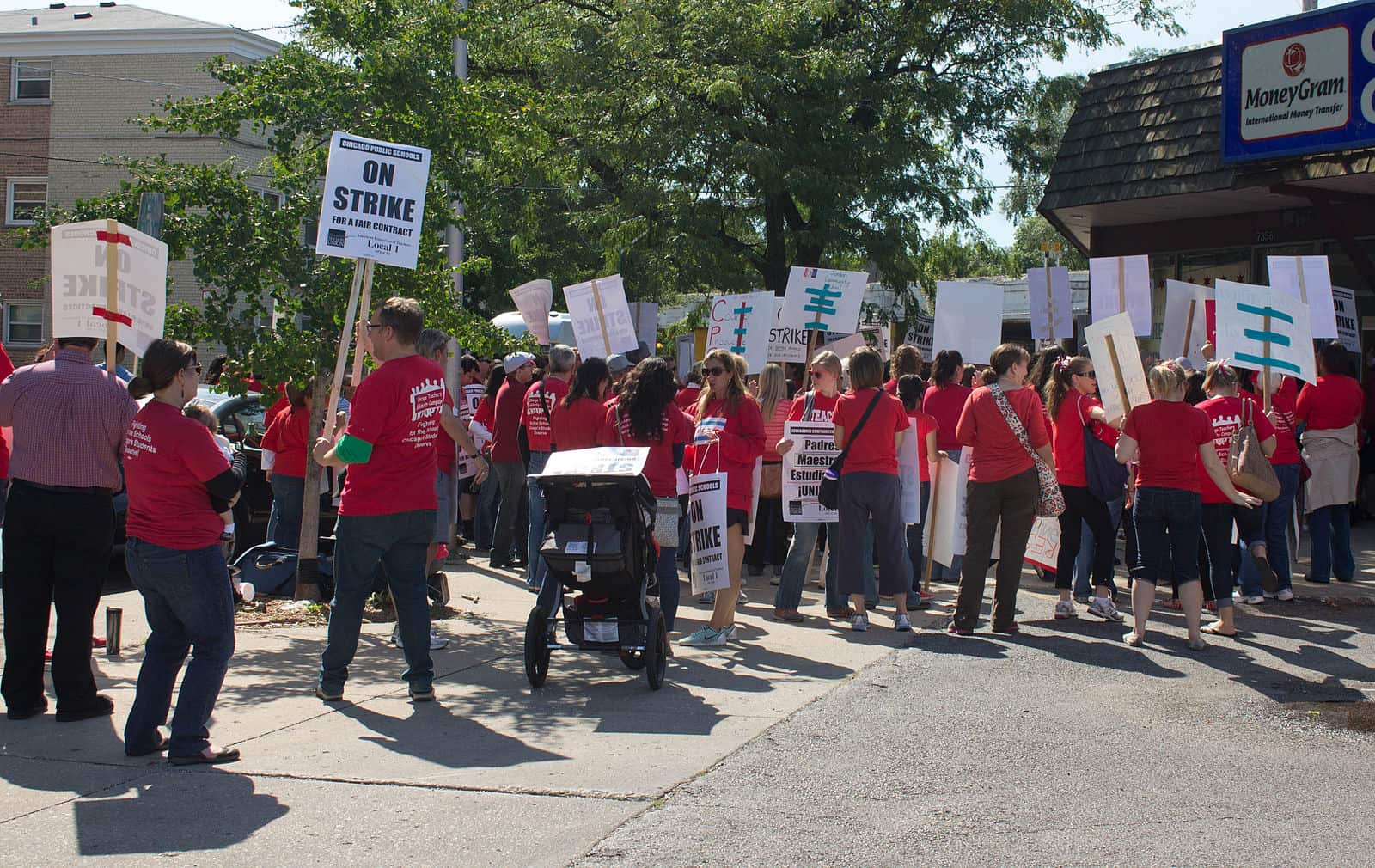


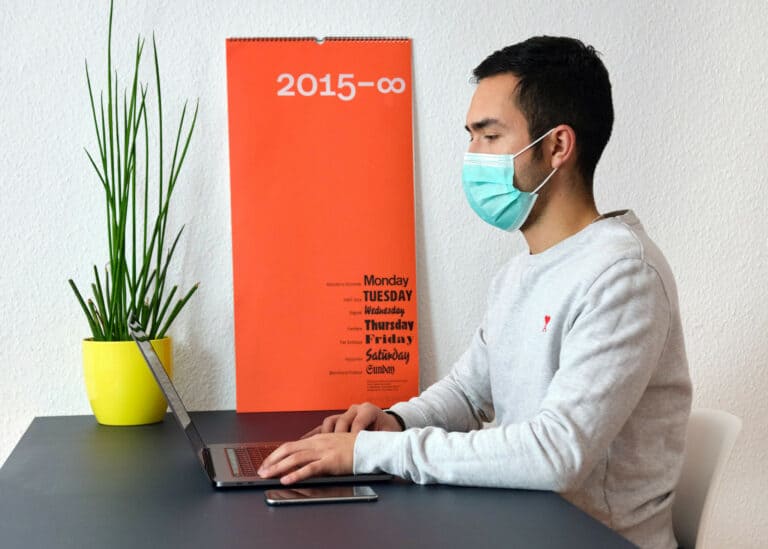
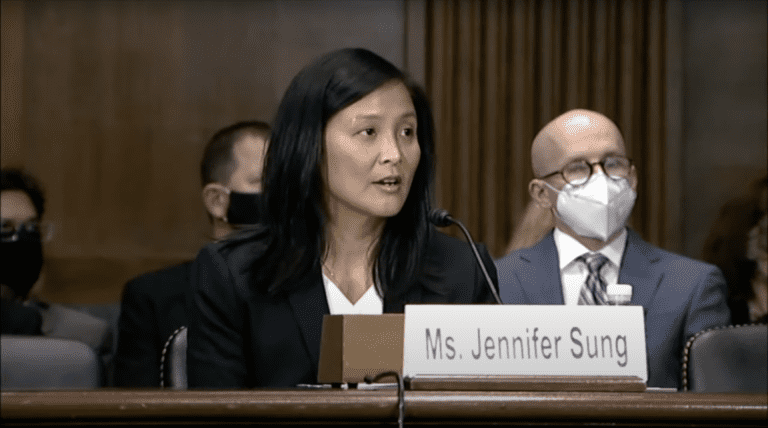

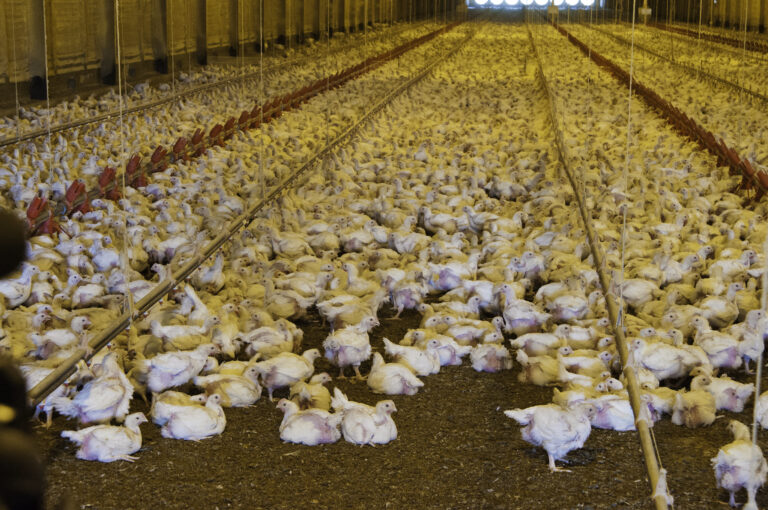


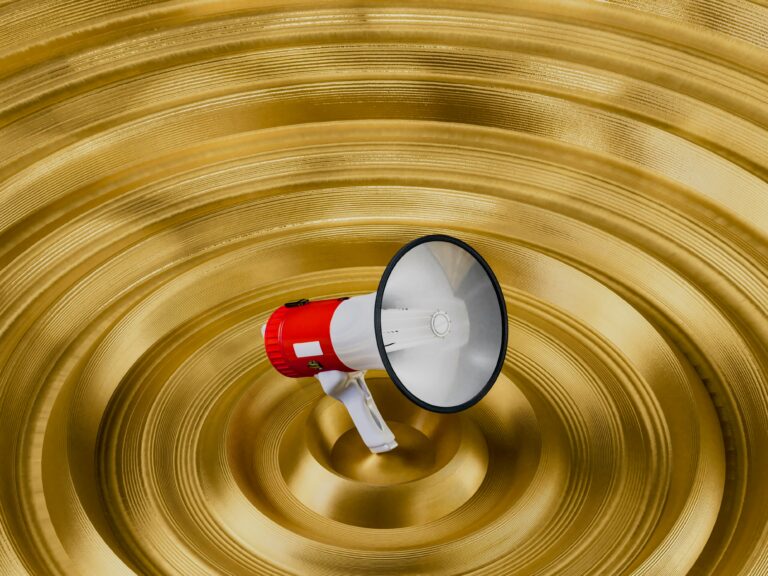
Daily News & Commentary
Start your day with our roundup of the latest labor developments. See all
December 11
House forces a vote on the “Protect America’s Workforce Act;” arguments on Trump’s executive order nullifying collective bargaining rights; and Penn State file a petition to form a union.
December 8
Private payrolls fall; NYC Council overrides mayoral veto on pay data; workers sue Starbucks.
December 7
Philadelphia transit workers indicate that a strike is imminent; a federal judge temporarily blocks State Department layoffs; and Virginia lawmakers consider legislation to repeal the state’s “right to work” law.
December 5
Netflix set to acquire Warner Bros., Gen Z men are the most pro-union generation in history, and lawmakers introduce the “No Robot Bosses Act.”
December 4
Unionized journalists win arbitration concerning AI, Starbucks challenges two NLRB rulings in the Fifth Circuit, and Philadelphia transit workers resume contract negotiations.
December 3
The Trump administration seeks to appeal a federal judge’s order that protects the CBAs of employees within the federal workforce; the U.S. Department of Labor launches an initiative to investigate violations of the H-1B visa program; and a union files a petition to form a bargaining unit for employees at the Met.